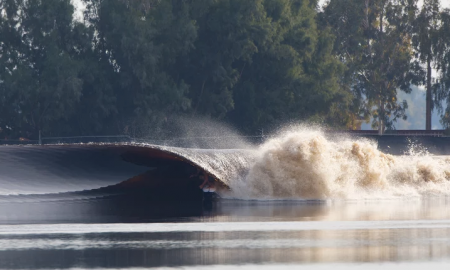

New research conducted by NASA has brought forward interesting information about the melting ice cover of Antarctica.
The gradual gathering of snow that began some 10,000 years ago has started catching up with the increased losses from the thinning glaciers.
The findings in this new study published on Oct. 30 in the Journal of Glaciology contradict the conclusions of other studies like the Intergovernmental Panel on Climate Change’s (IPCC) 2013 report, which says that Antarctica is overall losing land ice fast.
However, as per the analysis of new satellite data, the Antarctic ice cover showed a net gain of 112 billion tons of ice a year from 1992 to 2001. That net gain slowed to 82 billion tons of ice per year between 2003 and 2008.
Jay Zwally, a glaciologist with NASA Goddard Space Flight Center in Greenbelt, Maryland and lead author of the study said, “We’re essentially in agreement with other studies that show an increase in ice discharge in the Antarctic Peninsula and the Thwaites and Pine Island region of West Antarctica,”
The disagreement, according to him, is in the case of East Antarctica and the interior of West Antarctica where Zwally’s team saw a gain in ice that exceeds the losses in other areas. Zwally added that his team “measured small height changes over large areas, as well as the large changes observed over smaller areas.”
Zwally’s researchers evaluated that the mass gain from the thickening of East Antarctica remained stable from the year 1992 to 2008 at 200 billion tons per year, while the ice losses from the coastal regions of West Antarctica and the Antarctic Peninsula increased by 65 billion tons per year.
“The good news is that Antarctica is not currently contributing to sea level rise, but is taking 0.23 millimeters per year away,” Zwally said. “But this is also bad news. If the 0.27 millimeters per year of sea level rise attributed to Antarctica in the IPCC report is not really coming from Antarctica, there must be some other contribution to sea level rise that is not accounted for.”
Glacial experts said the new study provides a longstanding record of elevation changes which will contribute to the understanding of the problem in Antarctica’s mass balance.Photo by Liam Quinn 







You must be logged in to post a comment Login